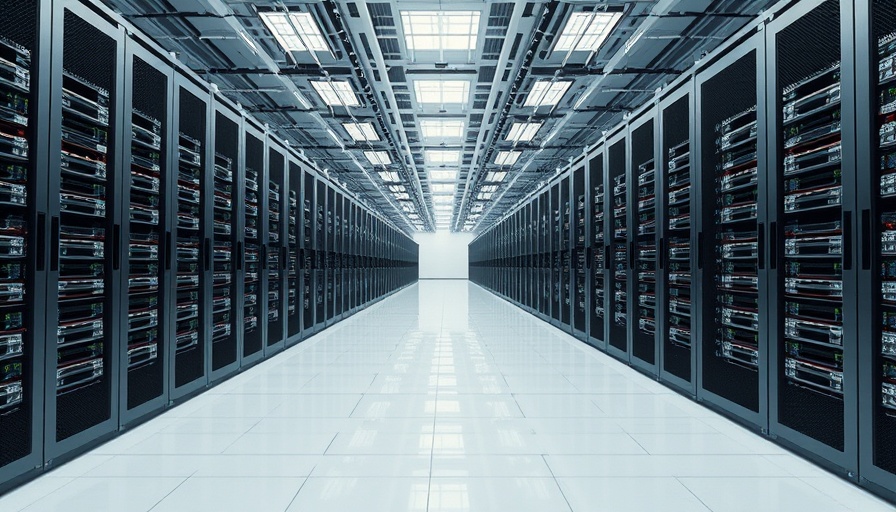
NVIDIA’s Bold Vision for AI Factories: The Future is Now
At the forefront of technological advancements, NVIDIA is aggressively shaping the future of AI infrastructure. During a recent keynote at Data Center World 2025 in Washington, D.C., Wade Vinson, NVIDIA’s chief data center engineer, articulated a groundbreaking vision for what he calls AI factories—innovative data centers constructed specifically to support the expansive demands of artificial intelligence and accelerated computing needs.
What Are AI Factories and Why Do They Matter?
AI factories represent a significant shift in data center architecture and design. These facilities, conceived as massive, energy-efficient complexes powered predominantly by NVIDIA’s Blackwell GPUs and DGX SuperPODs, are not only meant to meet skyrocketing data demands but to offer sustainable solutions as well. “There is no doubt that AI factories are a major trend in the data center world,” Vinson stated emphatically.
The Lancium Clean Campus near Abilene, Texas exemplifies the AI factory's potential. Currently, the facility's first phase encompasses 200 MW with two buildings, but the second phase is expected to dramatically scale it up to 1.2 GW by 2026. This design includes advanced cooling systems and an extensive layout of gas turbines to enable on-site power generation, showcasing how these factories can efficiently utilize energy while maximizing productivity.
Transforming Existing Spaces into AI Factories
A particularly fascinating element of Vinson's vision is the reimagining of existing facilities into AI factories. He noted that numerous aging structures—previously used for manufacturing or retail—could be swiftly transformed into data centers capable of handling AI workloads. For instance, the potential adaptation of an old mall in San Francisco into a cutting-edge AI factory could take just months as opposed to years typically needed for new construction. This approach minimizes waste and paves the way for renewables, as many existing sites have ample roof space for solar energy harnessing.
Is Your Data Center Ready for the Transition?
As the demand for AI services continues to escalate, it’s vital to assess whether existing data centers are positioned to meet these challenges. Vinson suggested that many colocation facilities (colos) established in the last decade have the necessary power and cooling capabilities to convert into AI factories. “AI factories should be looked upon as a revenue opportunity rather than an expense,” he asserted, hinting at the transformative potential of these upgrades.
Beyond the physical infrastructure, Vinson emphasized the importance of planning and modeling in the successful launch of AI factories. The utilization of tools like NVIDIA’s Omniverse simulation facilitates the forecasting of various operational scenarios, ensuring that inefficiencies and costs are kept in check.
AI and Economic Impact: A Paradigm Shift
But why should business leaders care? Vinson made a striking projection: the integration of AI into business operations could enhance productivity by over 10%, translating to a staggering $100 trillion growth opportunity in the global economy. He likened the transformational impact of AI to the historical wave of electrification that reshaped the world a century ago. Such predictions highlight the importance of timely adaptation for businesses wanting to stay competitive.
Final Thoughts: Embracing the Change
The rise of AI factories marks a crucial chapter in the evolution of data centers. As businesses navigate this shift, they must consider both the infrastructural modifications and the strategic implications that come with embracing AI technologies.
In a world where data-driven decision-making is paramount, the exploration of AI factories opens new avenues for innovation, efficiency, and growth. It's essential for stakeholders in tech, business, and governance to stay informed and proactive in response to these advancements, seizing the opportunity to redefine their operations in line with the demands of tomorrow.
As we prepare for a future enriched by AI, consider how your organization can leverage these insights to foster a culture of adaptability and transformation, ensuring not only survival but success in an increasingly competitive landscape.
 Add Row
Add Row  Add
Add 




Write A Comment